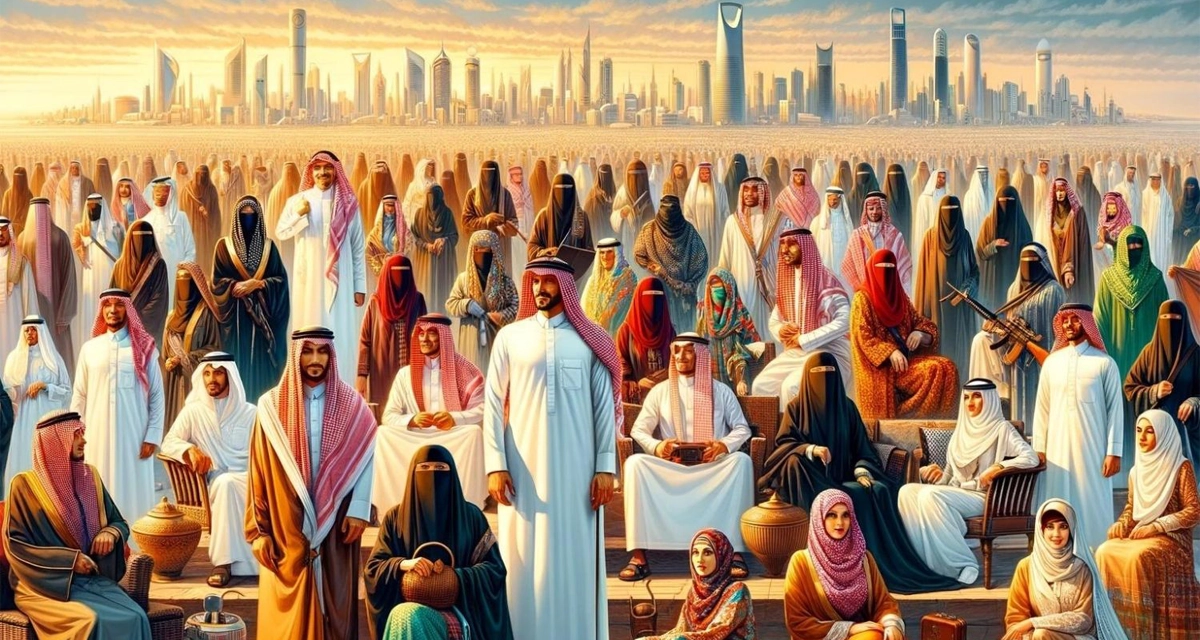Arab civilization stands as a testament to the rich tapestry of human history, with its cultural heritage spanning millennia and influencing diverse aspects of global society. From the sands of the Arabian Peninsula to the bustling metropolises of the modern Arab world, the legacy of this civilization endures through its arts, literature, architecture, cuisine, and traditions. In this article, we embark on a journey to explore the multifaceted aspects of Arab culture, delving into its historical roots, artistic expressions, religious traditions, and contemporary influences.
The Arab world encompasses a vast geographical area stretching from North Africa to the Middle East, united by a common language, Arabic, and a shared cultural heritage. With a history dating back thousands of years, Arab civilization has made significant contributions to human civilization in various fields.
Historical Background
The roots of Arab civilization can be traced back to ancient civilizations such as the Sumerians, Babylonians, and Assyrians, whose achievements laid the foundation for later Arab advancements in science, mathematics, and literature. The rise of Islam in the 7th century brought about a cultural renaissance, leading to the golden age of Arab civilization and the spread of Islamic empires across the globe.
Arts and Literature
Arab culture is renowned for its rich artistic traditions, including poetry, calligraphy, and music. Poetry holds a special place in Arab society, with poets revered as cultural icons and their verses celebrated for their eloquence and depth of emotion. Calligraphy, with its intricate designs and flowing script, is considered a form of artistic expression and is often used to adorn mosques and other religious buildings. Traditional music and dance, such as the oud and belly dancing, are integral parts of Arab cultural identity, reflecting the region’s diverse heritage.
Architecture and Design
Arab architecture is characterized by its intricate geometric patterns, vibrant colors, and ornate decorations. From the majestic domes and minarets of mosques to the palatial residences of Arab royalty, architecture plays a central role in shaping the urban landscape. Influenced by a blend of Islamic, Byzantine, and Persian styles, Arab architecture is both timeless and innovative, with iconic structures like the Alhambra in Spain and the Taj Mahal in India standing as testaments to its enduring legacy.
Cuisine and Hospitality
Arab cuisine is as diverse as the region itself, with each country boasting its own unique culinary traditions and flavors. From savory dishes like falafel and hummus to sweet treats like baklava and kunafa, Arab cuisine is a feast for the senses, tantalizing taste buds with its bold spices and fresh ingredients. Hospitality is also deeply ingrained in Arab culture, with guests welcomed warmly into homes and treated with the utmost respect and generosity.
Religion and Traditions
Islam plays a central role in shaping Arab culture, influencing everything from daily rituals to societal norms. The five pillars of Islam – faith, prayer, fasting, charity, and pilgrimage – form the cornerstone of Arab religious practice, while cultural traditions such as Eid al-Fitr and Ramadan reflect the region’s deep spiritual heritage. Despite the diversity of religious beliefs within the Arab world, Islam remains a unifying force that transcends borders and binds communities together.
Language and Communication
Arabic is the lingua franca of the Arab world, spoken by millions of people across the globe. Its rich linguistic heritage encompasses a wide range of dialects and variations, each with its own unique characteristics and nuances. Oral tradition plays a vital role in preserving Arab culture, with storytelling and folklore passing down through generations as a way of preserving history and identity.
Education and Scholarship
Arab civilization has a long tradition of scholarship and intellectual inquiry, with early centers of learning such as the House of Wisdom in Baghdad serving as hubs of innovation and discovery. Arab scholars made significant contributions to fields such as astronomy, medicine, and philosophy, laying the groundwork for modern scientific inquiry.
Influence on Global Culture
The influence of Arab culture extends far beyond the borders of the Arab world, with Arabic language, art, and cuisine leaving an indelible mark on global society. The Arab diaspora has played a significant role in spreading Arab culture to every corner of the globe, contributing to a rich tapestry of cultural exchange and diversity.
Challenges and Preservation Efforts
Despite its rich cultural heritage, Arab civilization faces numerous challenges, including political instability, economic hardship, and environmental degradation. Efforts to preserve and safeguard Arab cultural heritage are underway, with organizations such as UNESCO working to protect historical sites and promote cultural awareness.
Tourism and Cultural Tourism
Tourism plays a vital role in showcasing the beauty and diversity of Arab culture, with millions of visitors flocking to the region each year to explore its ancient ruins, bustling markets, and scenic landscapes. Cultural tourism offers travelers a unique opportunity to immerse themselves in the traditions and customs of the Arab world, fostering cross-cultural understanding and appreciation.
Celebrations and Festivals
Arab culture is renowned for its vibrant celebrations and festivals, which reflect the region’s rich religious and cultural heritage. From the colorful festivities of Mawlid al-Nabi to the solemn observance of Ashura, each festival offers a glimpse into the unique traditions and customs of Arab society, celebrating unity, faith, and community.
Gender Roles and Family Dynamics
Traditional gender roles and family dynamics play a significant role in shaping Arab society, with distinct expectations for men and women within the household and community. While traditional values remain strong, modernization and globalization are bringing about gradual changes in gender roles, leading to greater opportunities for women in education, employment, and public life.
Innovation and Modernization
Arab civilization is not stagnant but continues to evolve and adapt to the challenges of the modern world. Technological advancements, urbanization, and globalization have brought about significant changes in Arab society, reshaping traditional practices and customs while preserving the core values and identity of the culture.
Conclusion
In conclusion, the rich cultural heritage of Arab civilization is a testament to the resilience and creativity of its people, who have forged a vibrant tapestry of art, literature, cuisine, and traditions that continue to inspire and captivate the world. By preserving and celebrating this heritage, we honor the legacy of Arab civilization and ensure that future generations can continue to explore and appreciate its timeless beauty and significance.
FAQs
- What are some iconic landmarks in the Arab world?
- Answer: Some iconic landmarks include the Pyramids of Giza, the Petra archaeological site, and the Burj Khalifa.
- What is the significance of Arabic calligraphy?
- Answer: Arabic calligraphy is considered a form of artistic expression and is often used to adorn mosques and other religious buildings, as well as to convey messages of beauty and spirituality.
- How has Arab cuisine influenced global food culture?
- Answer: Arab cuisine has influenced global food culture through dishes like falafel, hummus, and baklava, which have become popular worldwide.
- What are some traditional Arab musical instruments?
- Answer: Traditional Arab musical instruments include the oud, qanun, and darbuka, each with its own unique sound and cultural significance.
- What efforts are being made to preserve Arab cultural heritage?
- Answer: Organizations like UNESCO are working to protect historical sites and promote cultural awareness, while initiatives at the local level aim to preserve traditional crafts and practices.





